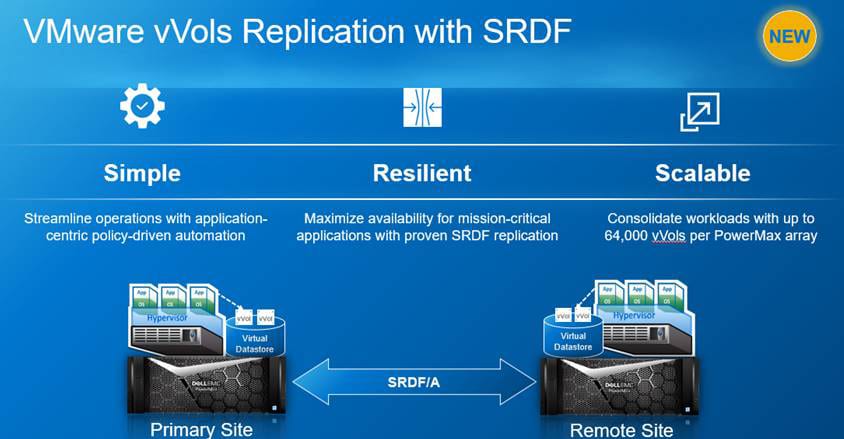Today, Dell Technologies is making new features and enhancements for Dell EMC PowerMax storage array generally available. Dell originally introduced PowerMax two years ago in 2018, and we covered the company’s addition of persistent storage almost exactly a year ago. Dell Technologies has been the parent company of Dell and Dell EMC ever since Dell acquired EMC in 2015. Dell was founded in 1984 and is one of the most well-known computer manufacturers.

The first and most important new feature is what Dell is calling Dell EMC PowerMax Cloud Mobility. According to the company, the new feature offers seamless and transparent movement of data from on-premises to the cloud. While Dell is not the first company to provide a feature like this, they are certainly one of the largest. It is always a pleasure to see customer-friendly moves like this. Being able to easily move data onto or off of premises to the cloud allows customers to leverage lower-cost object storage in the cloud for agile and economic benefits. This not only helps reduce the cost per GB for long-term data retention, but it also, if Dell implemented it properly, allows customers to switch between cloud providers agilely. At the time of writing, Dell said that Cloud Mobility for Dell EMC PowerMax supports two of the big three cloud providers, Amazon Web Services (AWS) and Microsoft Azure. PowerMax data stored in the cloud can also be made available to an AWS system for secondary processing such as reporting, test/development, and data analytics. Customers can deploy the Dell EMC vApp free of charge from the Amazon Marketplace to transfer PowerMax snapshot data from Amazon S3 object storage to Amazon elastic block storage (EBS). Unsurprisingly, Dell also supports their own cloud, Dell EMC ECS. Notably absent from Dell’s announcement is any mention of Google’s cloud.
The second enhancement today is focused on helping customers improve their resiliency and uptime. As of today, Dell PowerMax supports combining Dell-owned VMware Site Recovery Manager (SRM 8.3) for vVols (virtual Volumes) with PowerMax SRDF/A replication. The company claims that the combination of VMware Site Recovery Manager 8.3 and PowerMax SRDF/A replication allows customers to automate VM movement between sites to provide high availability. VMware vVols incorporates storage policy-based management (SPBM) to significantly simplify both storage and VM administration in provisioning storage, establishing replication groups, and automating site recovery operations in the event of a system failover.
Dell also announced that it would be adding support next month for the latest VMware versions to improve Tanzu support.
Availability
Dell PowerMax Updates – Immediately
Tanzu support – October 2020




 Amazon
Amazon